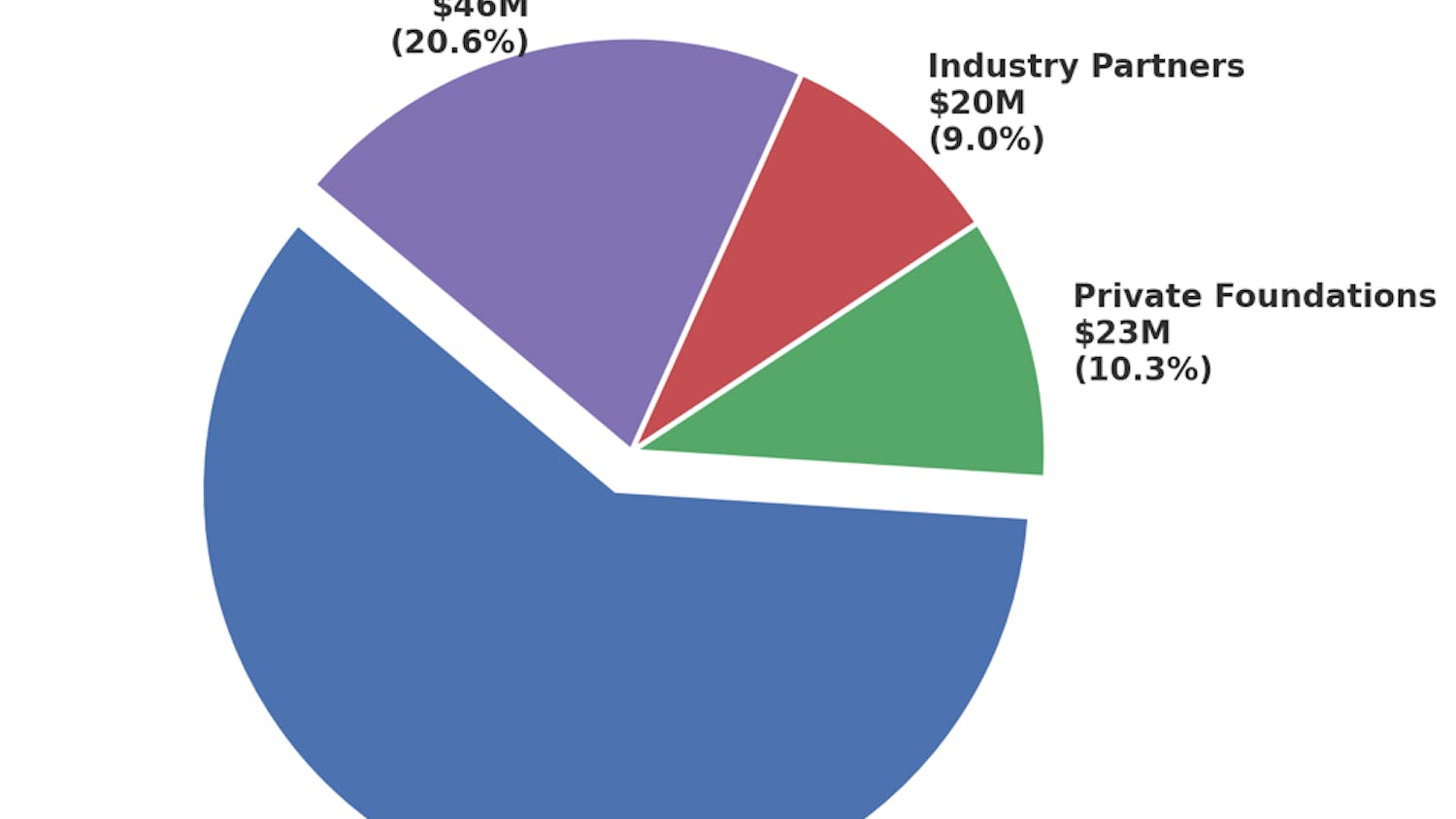Based on the novel “The Woman Who Fooled the World,” “Apple Cider Vinegar” follows the scandal of Belle Gibson, an Australian wellness influencer who created the app “The Whole Pantry” and faked her brain cancer diagnosis. In 2015, Gibson claimed to have brain cancer and cured it with diet and alternative medicine. While no one has been able to disprove her health claims, she did admit to lying about cancer and was subsequently found guilty of charity and financial fraud.
“Apple Cider Vinegar” is not completely nonfictional; there are characters and events that have either been changed slightly or completely created by the writers. The series follows other storylines that depict the consequences of Gibson’s lies. The most heartbreaking storyline was Fiona’s: a mother whose 8-year-old child, Hunter, was diagnosed with the same cancer Belle claimed to have had. Fiona mentions to Belle that she is trying to get her son to a specialist surgeon who requires $120,000 (Australian dollars) to perform a very risky surgery that could save Hunter’s life. Belle offers to raise the money through her app and sponsorships, but, of course, Fiona never gets that money, and the series ends with her family’s hope shattered as Hunter’s treatment is terminated, implying his inevitable death as a cause of Belle’s lies.
The show also focuses on Belle’s social media rival, Milla Blake, based on the real-life Jessica Ainscough. In the series, Milla develops cancerous bumps on her arm and the doctors tell her her arm must be amputated to stop the cancer from spreading. Milla believes that amputation is wrong and turns down conventional medical treatment and goes to a wellness retreat in Mexico that focuses on diet, juice and coffee enemas. She creates a blog sharing her journey of beating cancer and keeping her arm, except she didn’t. She never beat cancer. She was lying. By the time she swallows her pride and admits to her father and doctors that she still has the bumps on her arm, the cancer has spread to her brain, liver and pancreas so there isn’t anything they can do for her, and she eventually succumbs to the cancer.
Both Belle and Milla created their online identities around a lie to be seen. In Milla’s case, the doctors were correct in their medical approach, but they talked down to her. They didn’t think she was valid in not going through with an amputation since they’d seen it so many times before. Milla just became another patient to them, one they didn’t see as a person outside of the problems she presented to them. Part of her online blog was trying to prove to her doctors that she was right to make them see her. The show depicts Belle’s life before social media as less than desirable. Her coworkers didn’t care about her, her mother wasn’t present and she had no friends. No one showed up to her baby shower. As soon as she lied about her cancer diagnosis online, she was validated and seen by those around her. The series also highlights more of Belle’s false medical claims dating back to when she was about 12 years old and faked a heart attack. Her behavior is consistent with Munchausen syndrome, but there has been no official diagnosis made either in the show or in real life.
As unethical as the wellness influencers were, there is some level of social responsibility that the show addresses. Many of Belle and Milla’s lies are ridiculous, but people still believe them because they wanted to believe them. Belle’s followers wanted to believe that any ailment could be cured by juice. Fiona wanted to believe Belle had cancer because it would mean there was hope for her son. And they wanted to believe their own lies too. Milla wanted to believe that she was actually better. Throughout the series, Belle did not admit to or hint at lying because she needed to believe she was the version of herself that she created. It was the version she was dying to be.










